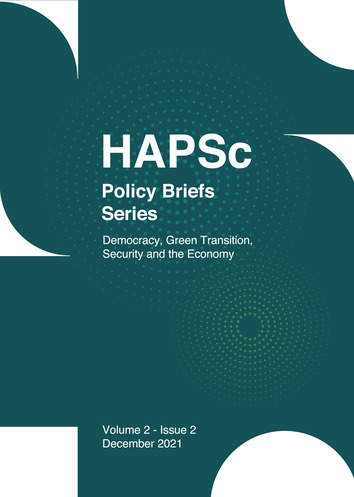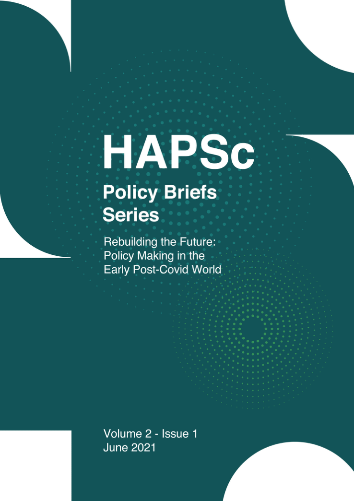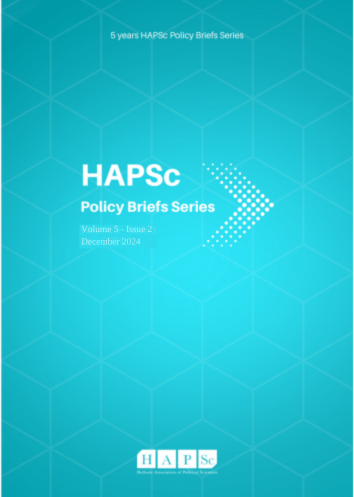Revisiting the “Keynes Plan” for an International Clearing Union in a Eurozone Perspective
Résumé
Article Details
- Comment citer
-
Emmanouil-Kalos, A. (2020). Revisiting the “Keynes Plan” for an International Clearing Union in a Eurozone Perspective. HAPSc Policy Briefs Series, 1(2), 287–294. https://doi.org/10.12681/hapscpbs.26447
- Rubrique
- Articles

Ce travail est disponible sous la licence Creative Commons Attribution 4.0 International .
Authors retain copyright and grant the journal right of first publication with the work simultaneously licensed under a Creative Commons Attribution License that allows others to share the work with an acknowledgement of the work's authorship and initial publication in this journal.





